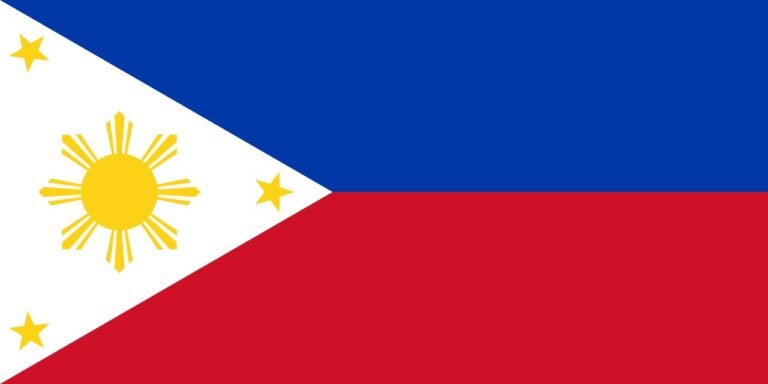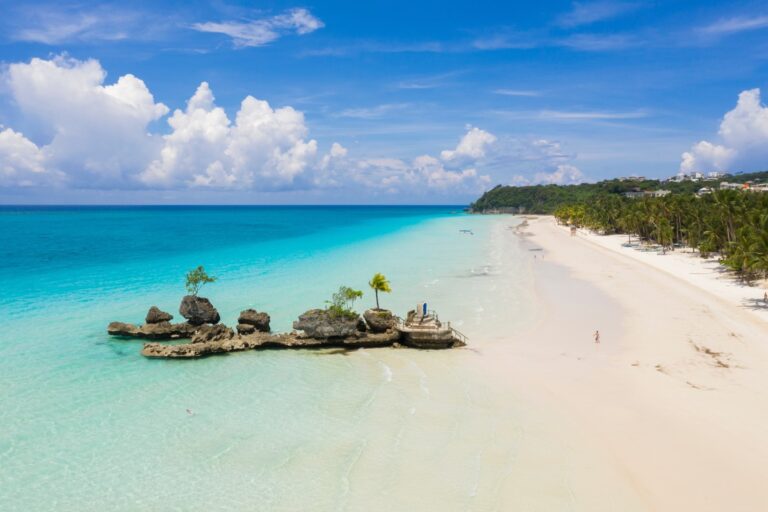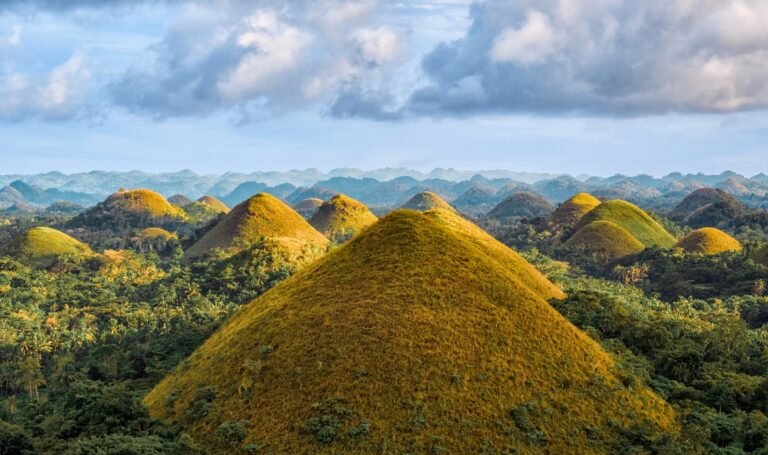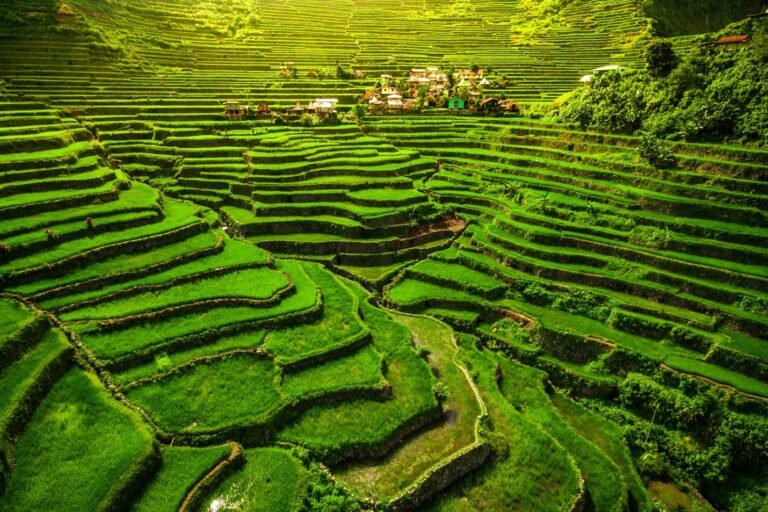THE PHILIPPINES

The Philippine flag was first unfurled at the Battle of Alapan in Imus, Cavite on 28 May 1898, 15 days before General Emilio Aguinaldo proclaimed the independence of the Philippines from Spain on 12 June 1898.
The national flag consists of a white equilateral triangle which symbolizes liberty, equality and fraternity, a blue stripe for peace, and a horizontal red stripe for patriotism. The eight rays in the yellow sun correspond to the eight provinces that first revolted against Spain during the 1896 Philippine Revolution, while the three five-pointed stars represent the country’s three main island groups.
The Republic of the Philippines (Filipino: Republika ng Pilipinas) is a sovereign archipelagic state in Southeast Asia, with 7,641 islands spanning more than 120,000 square miles of territory. It is divided into three island groups: Luzon, Visayas, and Mindanao. The Philippines was named after Prince Philip (later King Philip II) of Spain by the Spanish explorer Ruy Lopez de Villalobos during his 1542-1546 expedition to the islands.
The Philippines is a unitary presidential constitutional republic, with the President of the Philippines acting as both the head of state and the head of government. Ferdinand R. Marcos Jr. has been serving as the 17th President of the Philippines since 30 June 2022.
The Philippines proclaimed its independence on 12 June 1898, following the culmination of the Philippine Revolution against colonial Spain. It is a founding member of both the United Nations (UN) and the Association of Southeast Asian Nations (ASEAN). It has embassies and consulates general in 63 countries around the world—including an embassy in Washington, D.C., and consulates general in Chicago, Guam, Honolulu, Houston, Los Angeles, New York and San Francisco.
The country’s primary exports include electronics, semiconductors, transport equipment, construction materials, and minerals. As an open economy, the Philippines trades with other economies around the world. Its top export markets include the United States, China, Japan and South Korea. The Philippines is positioning itself as a growth market for tech-based startups. As of 2022, there are 1,000+ startups, 35+ incubators and accelerators, and 200+ co-working spaces in the country.
Among the Philippines’ top tourist drawers are Boracay Island in Aklan, the island province of Palawan, Chocolate Hills in Bohol, Mayon Volcano in Albay, and the Banaue Rice Terraces in Ifugao, as well as the cities of Manila, Baguio, Vigan, Cebu, and Davao.





